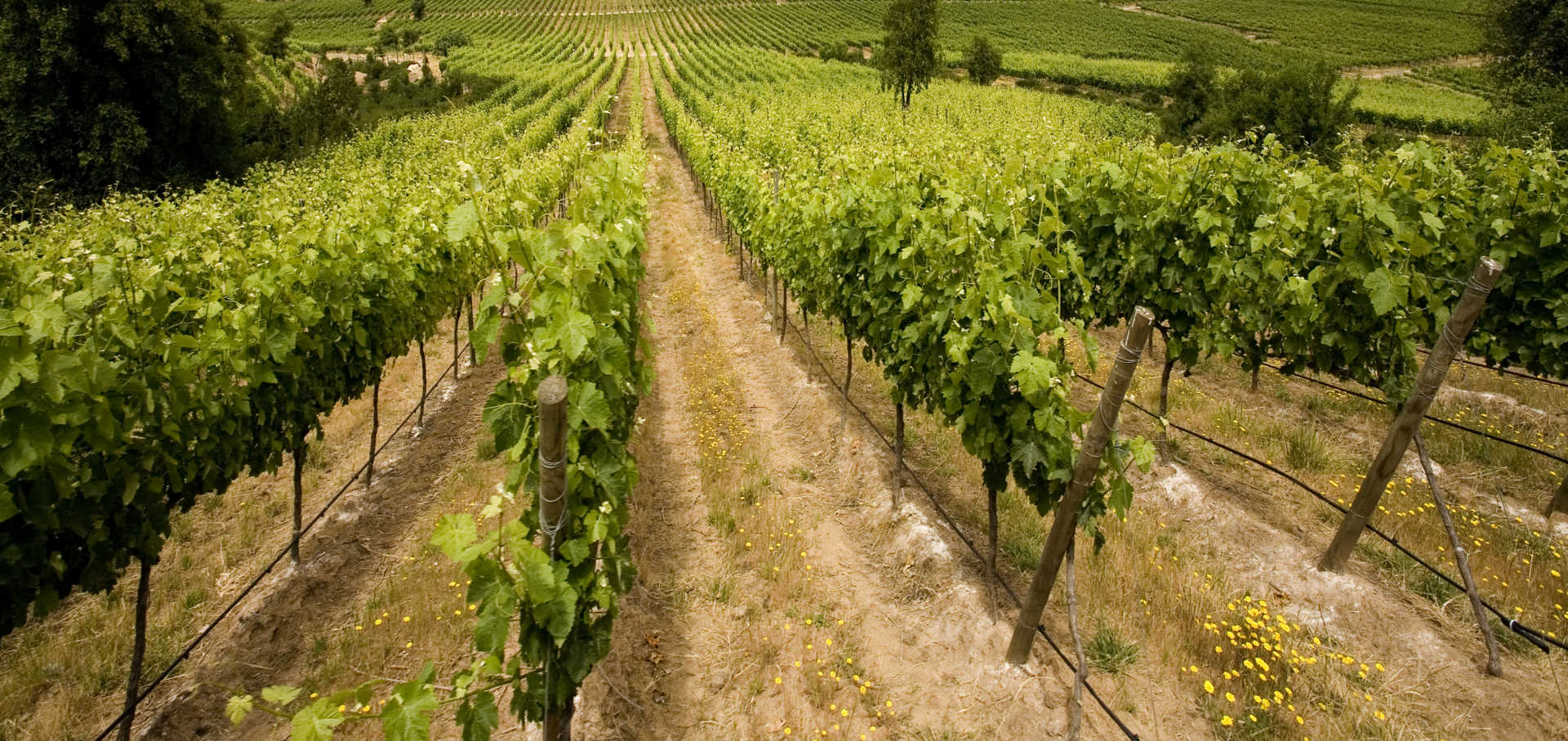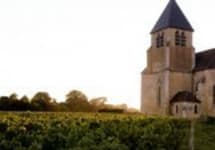Brocard Vau de Vey Chablis Premier Cru 2019
-
Wine
Enthusiast



Product Details
Your Rating
Somm Note
Winemaker Notes
The Premier Cru Vau de Vey vines cling on to a very steep slope. Located on the left bank of the Serein River and facing East, this terroir gives us rich and delicate wines with a marked minerality.
Gold-green color. A clear and precise wine, salt and flexible, anise. Finish is soft and warm.
Pair with fish, seafood and shellfish, grilled or in a cream sauce. Poultry and white meat, grilled or in a cream sauce.
Professional Ratings
-
Wine Enthusiast
A lifted but guarded sense of lemon zest plays on this wine's nose, forthright at one moment, restrained the next. The palate channels concentrated but creamy lemon peel, mouthwatering in its frankness but buffered by lovely chalkiness. Lemony limestone freshness rings long after the last sip.
Other Vintages
2022- Vinous
-
Wine
Enthusiast -
Jasper
Morris
-
Wine
Enthusiast -
Wine
Spectator
-
Wine
Enthusiast -
Wine
Spectator
-
Wine
Enthusiast
-
Wine
Enthusiast
-
Wine
Enthusiast


As a perfectionist, Jean-Marc Brocard naturally erected his purpose-built cellars in the centre of his vineyard to give the grapes his constant attention. Such dedication together with the best quality Chablis soil produce an exceptional wine with a typical mineral style. It is elegant and full of character. Jean-Marc Brocard’s boundless dedication to wine has borne fruit: the Brocard estate now comprises 80 hectares of vines, 65 of which are adjacent to the cellars.

One of the most popular and versatile white wine grapes, Chardonnay offers a wide range of flavors and styles depending on where it is grown and how it is made. While it tends to flourish in most environments, Chardonnay from its Burgundian homeland produces some of the most remarkable and longest lived examples. California produces both oaky, buttery styles and leaner, European-inspired wines. Somm Secret—The Burgundian subregion of Chablis, while typically using older oak barrels, produces a bright style similar to the unoaked style. Anyone who doesn't like oaky Chardonnay would likely enjoy Chablis.

The source of the most racy, light and tactile, yet uniquely complex Chardonnay, Chablis, while considered part of Burgundy, actually reaches far past the most northern stretch of the Côte d’Or proper. Its vineyards cover hillsides surrounding the small village of Chablis about 100 miles north of Dijon, making it actually closer to Champagne than to Burgundy. Champagne and Chablis have a unique soil type in common called Kimmeridgian, which isn’t found anywhere else in the world except southern England. A 180 million year-old geologic formation of decomposed clay and limestone, containing tiny fossilized oyster shells, spans from the Dorset village of Kimmeridge in southern England all the way down through Champagne, and to the soils of Chablis. This soil type produces wines full of structure, austerity, minerality, salinity and finesse.
Chablis Grands Crus vineyards are all located at ideal elevations and exposition on the acclaimed Kimmeridgian soil, an ancient clay-limestone soil that lends intensity and finesse to its wines. The vineyards outside of Grands Crus are Premiers Crus, and outlying from those is Petit Chablis. Chablis Grand Cru, as well as most Premier Cru Chablis, can age for many years.
